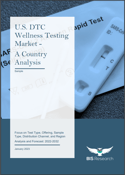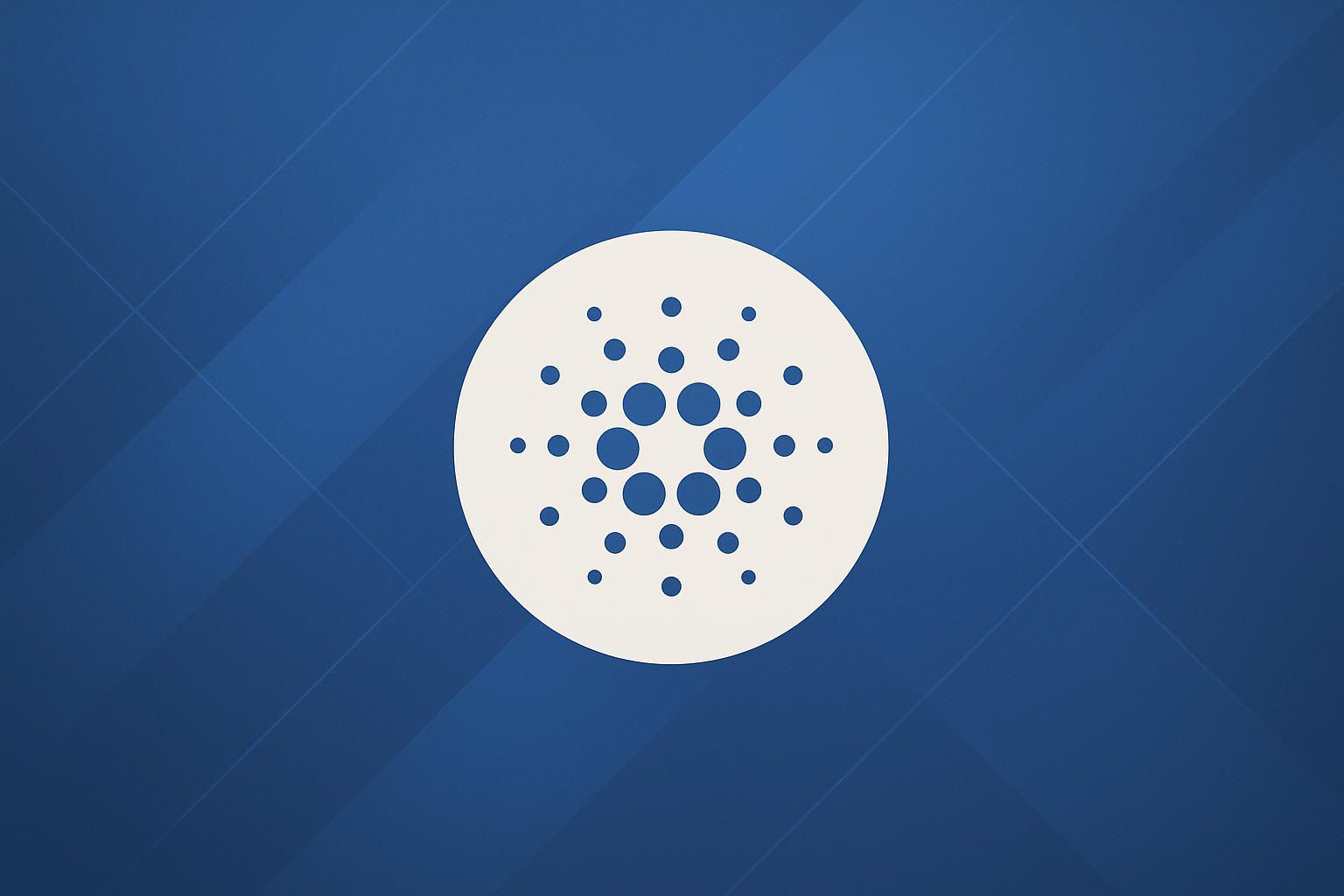DTC Wellness Testing Market: Top Trends and Predictions
In recent years, direct-to-consumer (DTC) wellness testing has become a growing trend, and the COVID-19 pandemic has accelerated its adoption. With people looking for ways to monitor their health from the comfort of their homes, DTC wellness testing has...

The COVID-19 pandemic has brought personal health to the forefront of many people's minds, and DTC wellness testing has been one of the most significant responses to this shift in priorities. The demand for at-home health tests has skyrocketed, allowing individuals to monitor their health quickly and easily from their homes. With the advent of new technologies, DTC wellness tests are becoming increasingly accurate and sophisticated, offering a range of options for testing everything from genetic predispositions to nutrition levels. This blog will elaborate on the concept of DTC wellness testing and explore the latest trends and predictions for DTC wellness testing in a post-COVID world. DTC wellness testing refers to a type of medical testing that is performed outside of a doctor's office or laboratory. Instead, the test is performed at home using a kit purchased directly from a manufacturer or online retailer. These tests provide consumers with quick and convenient access to information about their health statuses, such as cholesterol levels, genetic predisposition to certain diseases, or nutrient deficiencies. DTC wellness tests typically use a simple blood, saliva, or urine sample, and the results are often available online within a few days. While these tests can be useful in some cases, they may not always be reliable or accurate, and they do not replace the medical care provided by a doctor. Additionally, some DTC wellness tests may not be covered by health insurance, so consumers should be aware of the cost before purchasing a test. According to the BIS Research report, the U.S. DTC wellness testing market is projected to reach $4.94 billion by 2032 from $878.9 million in 2022, at a CAGR of 18.86% during the forecast period 2022-2032. The impact of DTC wellness testing companies, such as Everlywell, Inc., on the U.S. market, is significant. Everlywell has already made a name for itself in the DTC health market, offering at-home health and wellness products, including collection kits for various infectious diseases. Currently, there is a growing availability of multi-pathogen sexually transmitted infection (STI) lab tests based on at-home sample collection from various providers. The COVID-19 pandemic has had a major impact on the DTC wellness testing market. Here are some of the ways: However, there are also limitations and concerns associated with DTC wellness testing in the context of COVID-19. The accuracy and reliability of these tests are still being evaluated, and there are questions about the interpretation of test results and the potential for false positives or false negatives. While these tests offer some benefits, it's important to consider their limitations and to seek the advice of a healthcare professional when needed. The future of DTC wellness testing includes several trends and advancements expected to shape the market in the coming years: The DTC wellness testing industry has grown rapidly in recent years and is expected to continue to grow in the future. The convenience and accessibility of these tests, as well as the integration with telemedicine and remote monitoring technologies, will play a significant role in the growth of this market. Advances in technology and increasing awareness of the benefits of DTC wellness testing will also drive demand and contribute to the growth of this market. While there are some limitations and concerns associated with DTC wellness testing, the future looks bright for this industry as companies continue to develop new and innovative products to meet the needs of consumers. About the Publisher: BIS Research is a global market intelligence, research and advisory company that focuses on emerging technology trends that are likely to disrupt the market. Its team includes industry veterans, experts, and analysts with diverse backgrounds in consulting, investment banking, government, and academia. In recent years, direct-to-consumer (DTC) wellness testing has become a growing trend, and the COVID-19 pandemic has accelerated its adoption. With people looking for ways to monitor their health from the comfort of their homes, DTC wellness testing has become a popular solution.
In recent years, direct-to-consumer (DTC) wellness testing has become a growing trend, and the COVID-19 pandemic has accelerated its adoption. With people looking for ways to monitor their health from the comfort of their homes, DTC wellness testing has become a popular solution. What Is DTC Wellness Testing?
How Fast Is the DTC Wellness Testing Market Growing?
What Is the Impact of COVID-19 on the Market?
What Are the Top DTC Wellness Testing Trends?
Conclusion
Learn More
 For more information on this fast-growing market, please see U.S. DTC Wellness Testing Market - Analysis and Forecast, 2022-2032, a detailed report packed with data and insights covering market segmentation, recent market developments, market demand, drivers and challenges, the competitive landscape, and key players. This report draws on extensive primary and secondary research to help industry players design the right business strategies for this competitive, ever-shifting market.
For more information on this fast-growing market, please see U.S. DTC Wellness Testing Market - Analysis and Forecast, 2022-2032, a detailed report packed with data and insights covering market segmentation, recent market developments, market demand, drivers and challenges, the competitive landscape, and key players. This report draws on extensive primary and secondary research to help industry players design the right business strategies for this competitive, ever-shifting market.

 ShanonG
ShanonG 




























.png?trim=0,100,0,100&width=1200&height=800&crop=1200:800)



